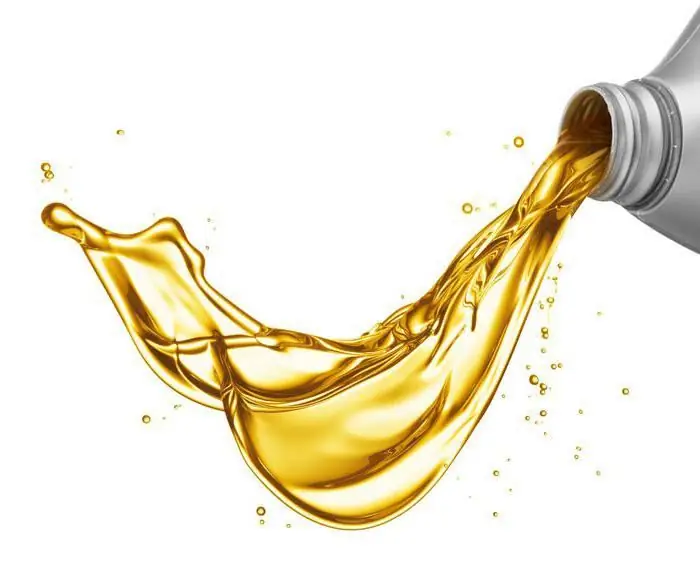2025 Author: Erin Ralphs | [email protected]. Last modified: 2025-01-22 21:14:14
Currently, a bearing is a mechanical product that is part of the support. This mechanism is intended for additional support of the axis, shaft and other structures, helps to strengthen and fix the position of other structural elements in space. In addition, the bearing can provide linear movement, rolling and rotation with the lowest resistance value, and also provides load transfer to various structural parts. A support equipped with a thrust bearing has a special name - a thrust bearing.

Classification includes several basic types that differ in the principle of action:
- Plain bearing.
- Rolling bearing.
- Gas static bearing.
- Gas dynamic bearing.
- The bearing is magnetic.
- Hydrostatic bearing.
- Hydrodynamic bearing.
The first two types are the most widely used, since they are used in the engineering field.
Let's take a closer look at the rolling bearing. Traditionally, it consists of several structural elements: two rings with grooves cut out on them, rolling elements that move along these grooves, a separator (separates the rolling elementsand fills the gaps between them, and also directs their movement).

In some cases it is possible to manufacture bearings without a cage. Such a rolling bearing is used in cases where it is necessary to provide a large load capacity. A distinctive feature of this type is the increased number of rolling elements used and the low value of the limiting speed.
The rolling bearing works mainly due to the rolling friction forces that arise, since the remaining forces that arise are insignificant. This effect reduces friction losses and significantly reduces the wear of this mechanism.
Distinguish between closed and open bearings. The former are equipped with protective caps, which prevent the leakage of lubricant and the ingress of foreign bodies, the latter, if handled carelessly, can fail quickly enough, since they are subject to all of the above factors.
The main parameters of this type of bearings include:
- Maximum load (both static and dynamic).
- Noise pollution level.
- Accuracy class.
- Dimensions of rolling bearings.
- Requirements for lubricants.
- Use resource.

In addition, a rolling bearing can be loaded in different directions, such as perpendicular to the axis (radial) or parallel (axial).
All key features,which can be used to judge the purpose of this mechanism are summarized in its symbol. The marking of rolling bearings is standardized in accordance with the current GOST rules. The symbol traditionally consists of a main and an additional, each of which includes an alphanumeric cipher. The peculiarity of reading bearing designations is that it is carried out from right to left.
Recommended:
Year of the tire. Deciphering the marking of tires

If it is necessary to replace old tires with new ones, all motorists have the question of how to find out their year of manufacture. It can be read on the rim of tires, because each manufacturer must indicate the date of manufacture without fail. But there are no uniform standards, so sometimes it can be difficult to do. You can read about where on the tires you can find the year of manufacture, about their service life and recommended operating conditions in this article
Tire size for "gazelle": marking, characteristics, selection

Before deciding on the size of tires for a "gazelle", an experienced driver looks at many options for purchase. In the automotive tire market, there are a large number of types of wheels for the "gazelle" with different characteristics
Auto glass marking. Deciphering the markings of automotive glass

Every motorist paid attention to the presence of letters and numbers in one of the corners of the car glass. And it seems that this is just a set of incomprehensible designations. But in fact, labeling carries a lot of information. This is how you can find out the type of glass, the date of issue, who produced the auto glass and what standards it meets. How to do this is described below
Marking of car tires and its interpretation

On the side of each tire there is a series of symbols encoded with all the data about it. This is the marking
Motor oil: marking, description, classification. What does the marking of motor oils mean?

The article is devoted to the classification and labeling of motor oils. SAE, API, ACEA and ILSAC systems reviewed

